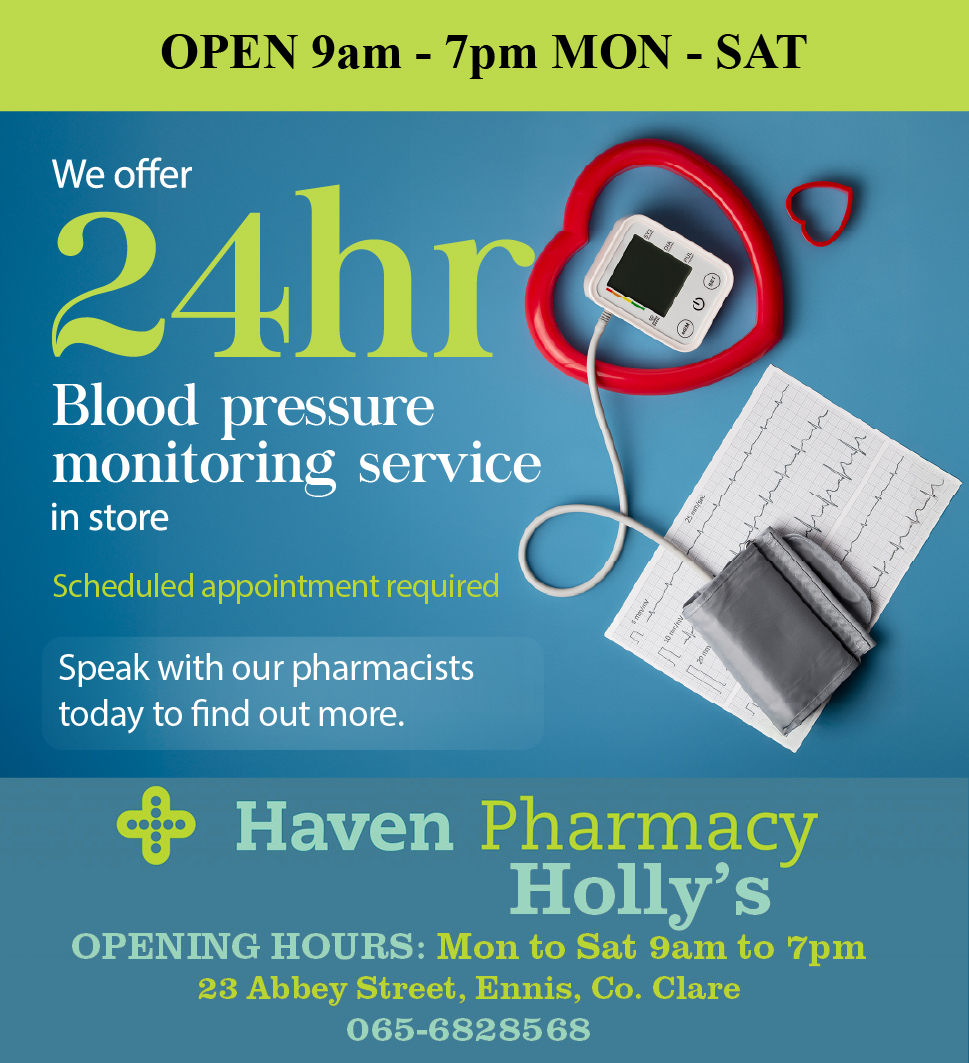*Denise O’Brien.
This week’s article from Denise O’Brien from O’Brien Learning Solutions defines the solution of change management.
I support teams and organisations to develop a culture that attracts and retains top talent. Usually, when I begin working with an organisation, this means that things need to change!
The process of change, can be gradual with a slow dawning on business owners and leaders that ‘the way we do things around here’ isn’t working. The need for change usually comes from people feeling disgruntled, overwhelmed, stressed or apathetic about work.
I recently spoke about the culture at RTE, the ripple effect of which we are hearing on the news most days. It is certain that if the organisation is to survive and thrive into the future, the culture needs a complete overhaul. I took a look on the RTE website at their vision, mission and values and there are many aspirational words and phrases in there such as transparent, respectful, accountable and outward-looking.
It is clear therefore, that the way they say they do things versus the way they really do things are mismatched. There is a clear disparity here. This is an extreme example but versions of this happen day in day out in organisations all over the world. Where this becomes dangerous is when the disparities result in ethical breaches, such as those we are privy to, now that RTE’s dirty laundry is on display. I have a feeling we don’t even know the full extent of it yet.
So, what are organisations like RTE meant to do, when so much has gone wrong? Where should they begin? When I work with teams on rebuilding a new culture, I focus on a change model that includes three key pillars:
1. Signposting – This phase is aimed at the senior leaders within the organisation. It looks in particular at the vision, mission, values and behaviours that they want to instil and role model from the top level down.
2. Supporting – This aspect provides the mid-management layer with the training, support and direction they need, to manage and orchestrate the day-to-day operations within the organisation.
3. Safety – This level is about providing the psychological safety to the front-line staff to perform well in their jobs, day in day out.
When all elements of this model are assessed, evaluated and improved, what emerges is an inclusive, transparent and effective way to lead the organisation toward multiple levels of success. With this approach, there are successes not just in what the organisation delivers, i.e. the bottom line profits, but how they deliver these results. The ‘how’ involves, the people in the organisation. When the people are content and motivated, the results that can be achieved are phenomenal.
If you run your own business, no matter what size, here are three tips for you when thinking about creating a culture that people want to be a part of:
1. Think about your vision and mission: are they clearly defined? Who knows about them? Do others, aside from yourself, know what these are and how to get there?
2. What are the key values and behaviours that underpin the ways of working within your organisation: What does ‘good’ look like and how will we reward and recognise the behaviours that we want to see around here?
3. How do we measure and track performance: Include people-metrics in your KPIs so that when you may find that someone isn’t a fit for your culture, there are ways to address this effectively and efficiently
Building a great culture isn’t rocket-science, but it does take vision, commitment, patience and consistency. Surely all those are skills that every senior leader should have?
If you’d like help to build an award-winning team culture within your organisation, please get in touch at denise@obrienlearningsolutions.ie.















